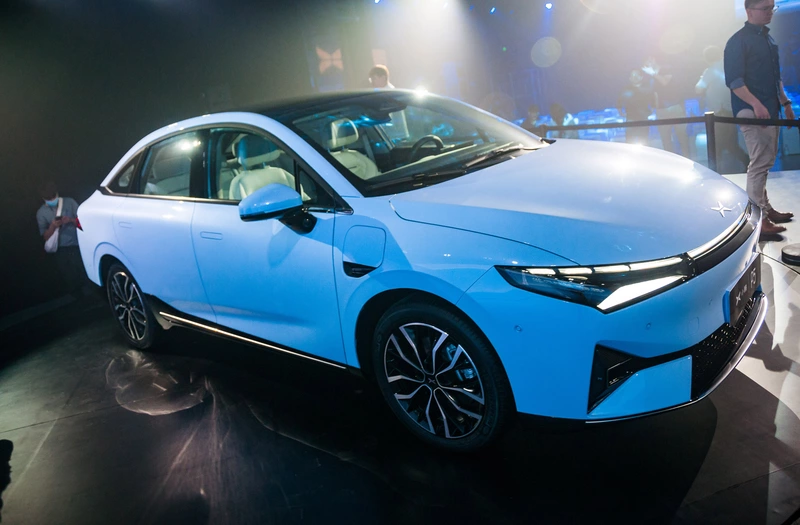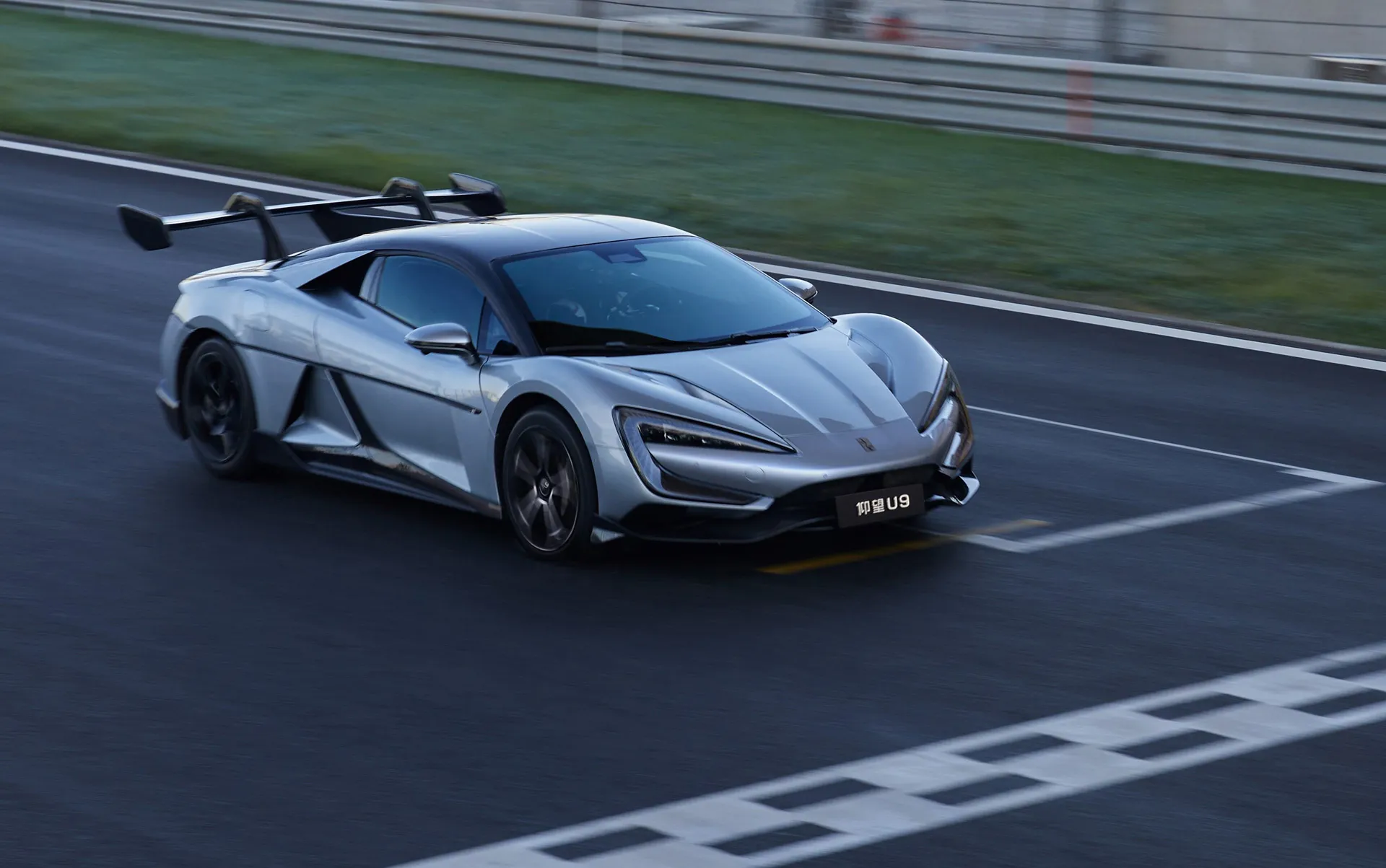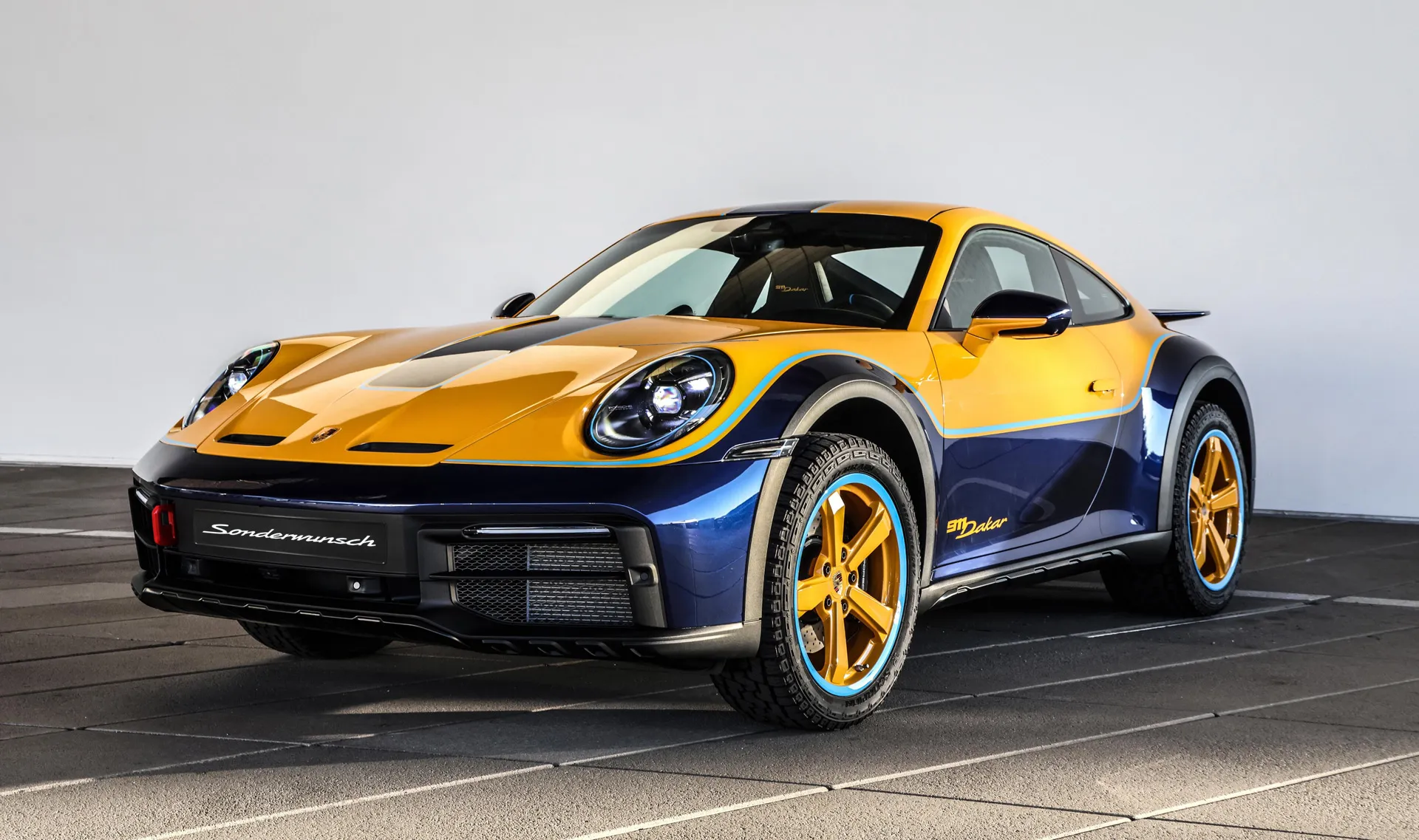Xpeng P5, the first production vehicle with a built-in rider.

Xpeng, a rising star in China's burgeoning electric vehicle sector, has introduced to the market its third model, a battery-electric compact sedan not unlike the Tesla Model 3.
Called the P5, the new sedan is the smaller sibling of Xpeng's P7, which is already on sale in China and made its world premiere at Auto Shanghai 2021 in April.
On Wednesday, the company launched the P5 and confirmed that deliveries will begin in October. Prices start at just 157,900 yuan (about $24,500) including incentives.
While many reliable electric vehicles are beginning to emerge from China, the Xpeng P5 stands out as the world's first production vehicle with built-in rider sensors. The Lidar sensor is available on the range-topping grades 550P and 600P, priced at RMB 199,900 and RMB 223,900, respectively.
The P5 uses two rider sensors, one on each side of the front mask, which Xpeng says can distinguish between pedestrians, bicycles, scooters, static obstacles, and road construction, and can be used in tunnels, when driving at night, and in bad weather conditions.
Lidar works similarly to radar, but uses laser light pulses to measure the physical environment, whereas radar uses radio waves. Most companies developing self-driving systems plan to use lidar in combination with other types of sensors, but Tesla and its CEO, Elon Musk, have rejected the technology, arguing that it is a waste of money. Instead, Tesla will rely on cameras, radar, and other sensors.
One of the biggest problems is cost. Not long ago, Lidar sensors cost about $75,000. However, over the past few years the price has come down and the technology is now at a commercially viable level for automobiles. Volvo has announced that the next-generation XC90, scheduled for release in 2022, will also have Lidar built in.
In the case of the P5, the Lidar sensor, along with 12 ultrasonic sensors, five millimeter wave radars, and a dozen cameras, will be used in a series of electronic driver assistance features grouped under the Xpilot banner. One of these features is Navigation Guided Pilot (NGP), which Xpeng demonstrated over 1,800 miles of Chinese highways in March using a P7 sedan. After tabulating the results, the company found that the system required an average of only 0.71 corrections per 62 miles
.
The version of NGP in the P5 is more advanced and can handle several functions in urban driving, including lane changing, automatic following, and recognition of speed limits and signal information. It can also memorize parking positions in some situations and, according to Xpeng, can even park automatically.
All P5 grades (six in total) come standard with a single electric motor with a rated output of 207 hp and maximum torque of 228 lb-ft, which accelerates from 0-62 mph in about 7.5 seconds. Battery capacity ranges from 55.9 to 71.4 kilowatt-hours.
A final standout feature of the P5 is its reconfigurable interior. By adding options, owners can turn the cabin into a lounge with a movie projection screen or a bedroom. There are also options for a built-in refrigerator and fragrance controls.
While Xpeng will not be entering the U.S. market anytime soon, the company has already begun exporting the P7 sedan and G3 crossover to Norway and plans to enter more European markets in the near future.


